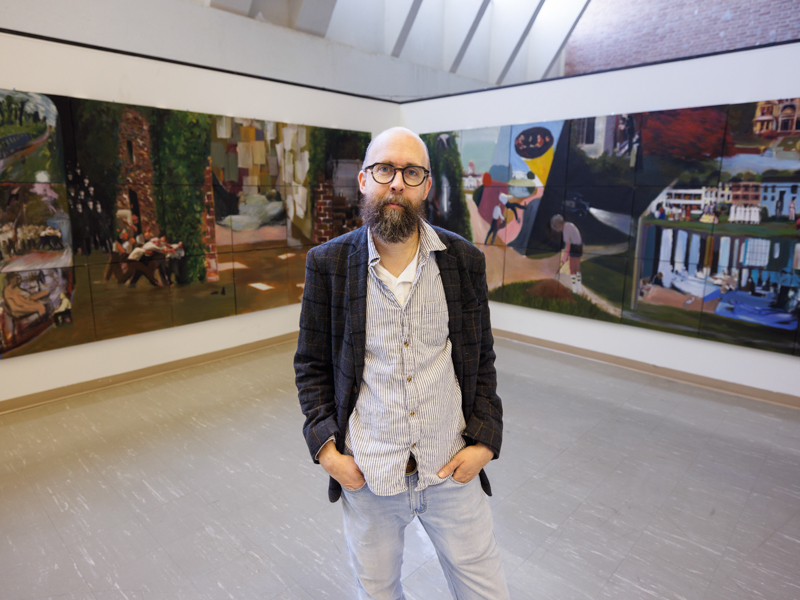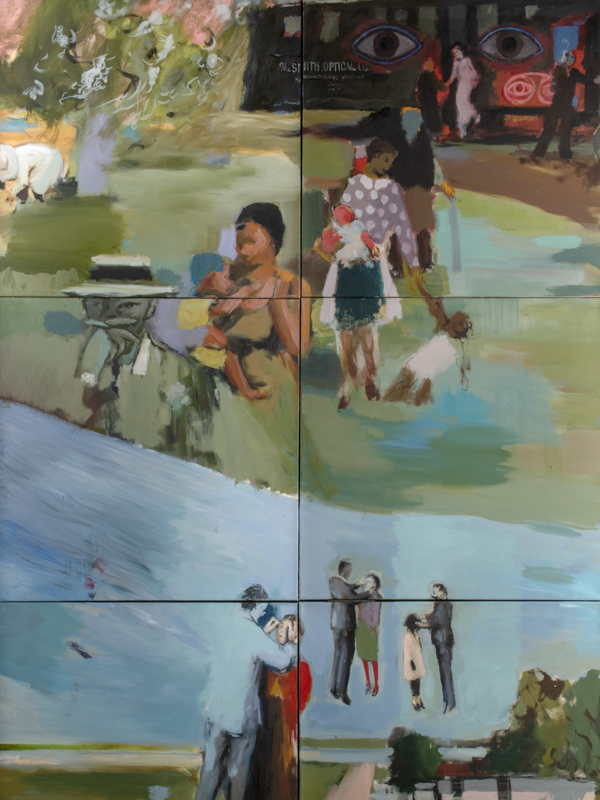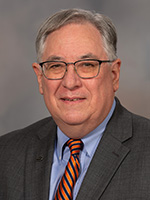The asylum connection: Artist unravels his family’s secret history

Noah Saterstrom’s grandmother could never bring herself to talk about her father, a roving optometrist who had supposedly vanished when the last century was still young.
“She couldn’t get through a sentence about him before she would freeze up,” said Saterstrom, a Natchez native and artist who lives in Nashville. “I found it all fascinating, and distressing.”
It became more distressing, years later, when Saterstrom ran across his great-grandfather’s name in Jackson — on a ledger from Mississippi’s State Hospital for the Insane.
How his troubled relative ended up in that long-shuttered institution is a story that could fill a book, but Saterstrom, whose works inhabit art collections throughout the world, filled part of a museum instead.

The resulting visual narrative, “What Became of Dr. Smith,” will be displayed April 20-Sept. 22 at the Mississippi Museum of Art in Jackson, an exhibition made possible in part through a collaborative grant from the University of Mississippi Medical Center.
And what an exhibition: 183 separate, 24 x 24-inch oil-on-canvas panels linked in a 122-foot long, six-foot high tableau — the artist’s bid to undo what he calls “100 years of deliberate deletion of this man’s existence.”
The display features a section with text and images devoted to UMMC’s Asylum Hill Project, an ongoing commitment to respectfully exhume remains and memorialize the lives of an estimated 7,000 people believed to have been buried on Medical Center land — the former grounds of the state asylum where Dr. Smith he was first admitted, in 1925.
Also known as the Mississippi State Lunatic Asylum, it closed in 1935 and eventually became the Mississippi State Hospital in Whitfield, where Smith was transferred.

Using a portion of a National Archives grant awarded last year, the Asylum Hill Project will produce public programming related to the exhibition by summer,” said Dr. Ralph Didlake, director of the Asylum Hill Project and UMMC’s Center for Bioethics and Medical Humanities, a partner with the museum on “What Became of Dr. Smith.”
“Noah’s paintings are relevant to the history of the asylum because many patients were stigmatized, if not forgotten,” Didlake said. “It could be someone who was an embarrassment to a family. Some of those in the cemetery were marginalized in life, and then marginalized in death.
“So, we’re motivated to tell their stories. Because people are still marginalized today.”
The painter who illustrated the marginalized life of his great-grandfather has been artist-in-residence for the former Prince Charles at Holyrood Palace in Edinburgh, the Virginia Center for Creative Arts; and elsewhere.
Educated at the Glasgow School of Art in Scotland, he is not new to the Mississippi Museum of Art. One of his paintings is part of its collection, and his artwork was part of a museum exhibition observing Mississippi’s 2017 bicentennial.

During a symposium there, Saterstrom spoke about his unfolding venture, and “I became very intrigued,” said Betsy Bradley, museum director. Intrigued enough to bring “Dr. Smith” to Jackson, thanks to a grant from the Institute of Museum and Library Services.
“The Asylum Hill Project is reconstructing stories connected to individual lives. In much the same way, the museum brings together stories by artists to connect with the stories people carry with them when they walk through our door.
“It helps us to understand the society in which we live and our place in it. We are keenly interested in becoming a part of that effort. This, in particular, is about mental health and mental illness, and that affects every level of society; but we are also learning about the inequities of treatment and care for those who come from society’s different layers.
“So, the story Noah has told could have an impact on the larger community.”
It is the artist’s most ambitious work to date. “It’s an act of devotion to put this much effort into a person whose life was lost to mental illness,” said Saterstrom, who spent 1½ years painting “Dr. Smith.”
“Although there are bizarre details, the gist of this story is not that different from other family stories: those about people who disappeared because of something that made the family ashamed.”
Many years of research preceded the act of painting. Saterstrom dove into old family records, newspaper clippings, asylum records at the Mississippi Department of Archives and History, and more.
Learning of Saterstrom’s quest, Stephen Parks, the State Librarian of Mississippi, uncovered records of Smith’s lunacy trial and letters he wrote while jailed in Port Gibson.
And Saterstrom had been following the story of the Asylum Hill Project as well. “My relative’s story and the asylum’s history cross at only one specific point,” he said. That point is the decade Smith spent in the Jackson asylum.
“There’s a similarity between the Asylum Hill Project’s memorialization of those who had died in the asylum, whose identity had been lost, and my attempt to uncover my great-grandfather’s story,” Saterstrom said.
That story is about a well-known figure in Natchez and Vicksburg who drove a large blue vehicle (it’s red in the paintings), the Dr. Smith Optical Truck, giving free eye exams in rural southwest Mississippi and parts of Louisiana.
If anyone needed glasses, he made lenses and charged for that. When lawmakers banned this practice, Smith persisted and was fined in every Mississippi county where his truck encroached. Eventually, he went bankrupt.
The section Saterstrom started painting first illustrates Smith’s paranoia, and the bankruptcy that followed. “The question becomes ‘how do you paint psychosis?’” Saterstrom said. “Artists are actually good at painting that.”
Apparently, Smith believed that he was a “breeder” for the U.S. Department of State and Secret Service. It’s not known if that belief led to what came next: a sexual assault accusation; whatever the motivation, it shaped the rest of Smith’s tragic life.
Tried for lunacy, he was convicted and committed to the asylum. During his transfer from the Claiborne County jail, he escaped, fled to the White House and was somehow granted an audience with Calvin Coolidge.
Declaring his innocence to the U.S. president did no good, especially after Smith made other statements; they led to his re-arrest and return to the asylum. Decades later, in 1965, Saterstrom’s mother received a letter saying her grandfather had died at Whitfield.
Saterstrom’s illustrated chronology begins with Smith’s birth, and the birth of his wife, Ethel; it ends at Whitfield, where his great-grandfather was buried in an unmarked grave.
“There are still a number of questions,” the artist said, “but the biggest gap is between his entry into the asylum and his death. The story is bizarre and twisted and elaborate. Then, it goes quiet.
“He was [institutionalized] for 40 years, but no medical records have been found. What was his life like in state custody all those years? The Asylum Hill Project is organizing old medical records; his should be in there somewhere.”
Putting the optometrist’s life under a lens was painful at times, Saterstrom said.
“But recreating this story has been healthier than ignoring it; healthier than repressing it for all those years. And, when others see these pieces, I hope they will also see the potential to uncover their family’s stories of relatives who may have also disappeared.”


